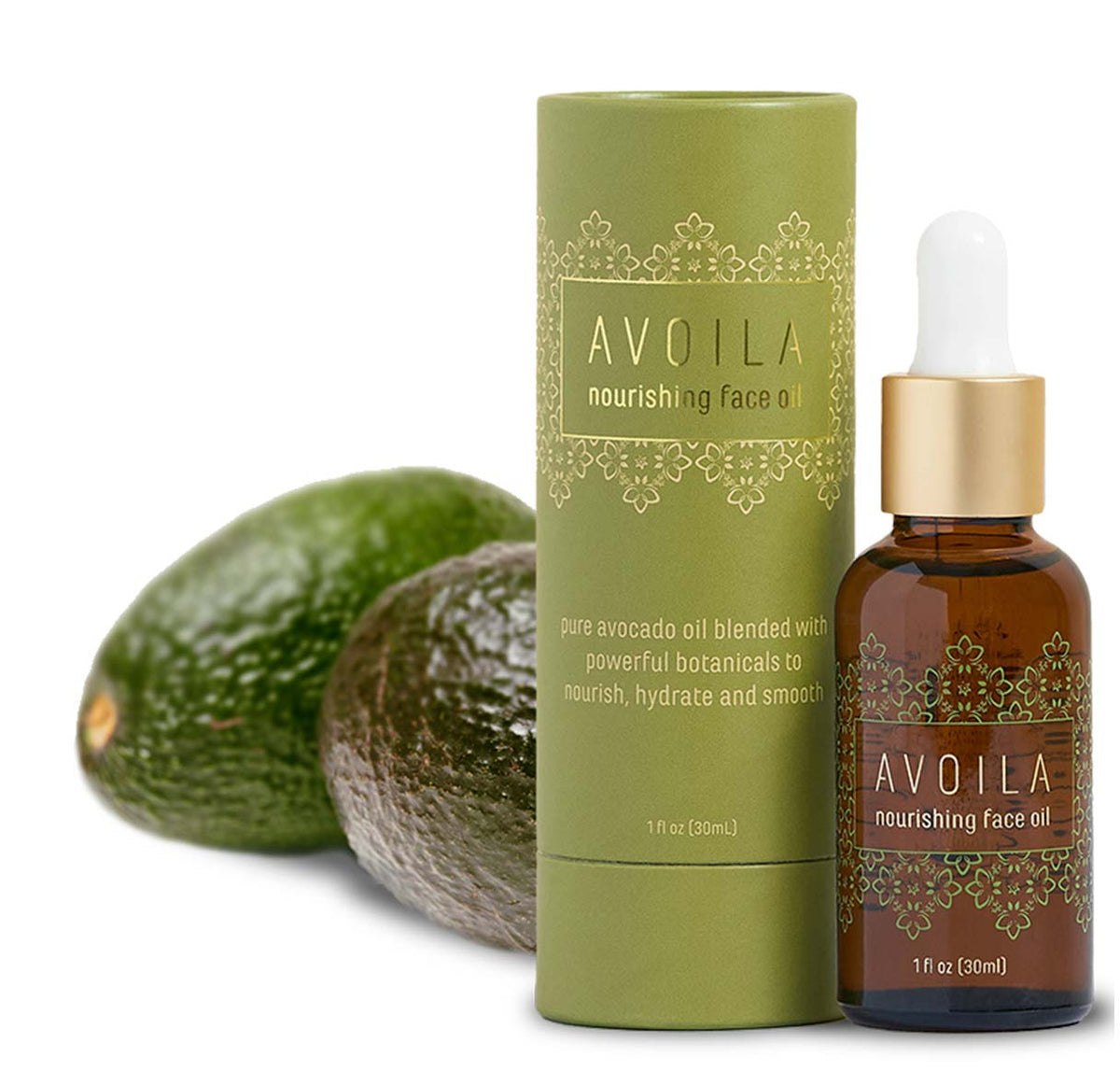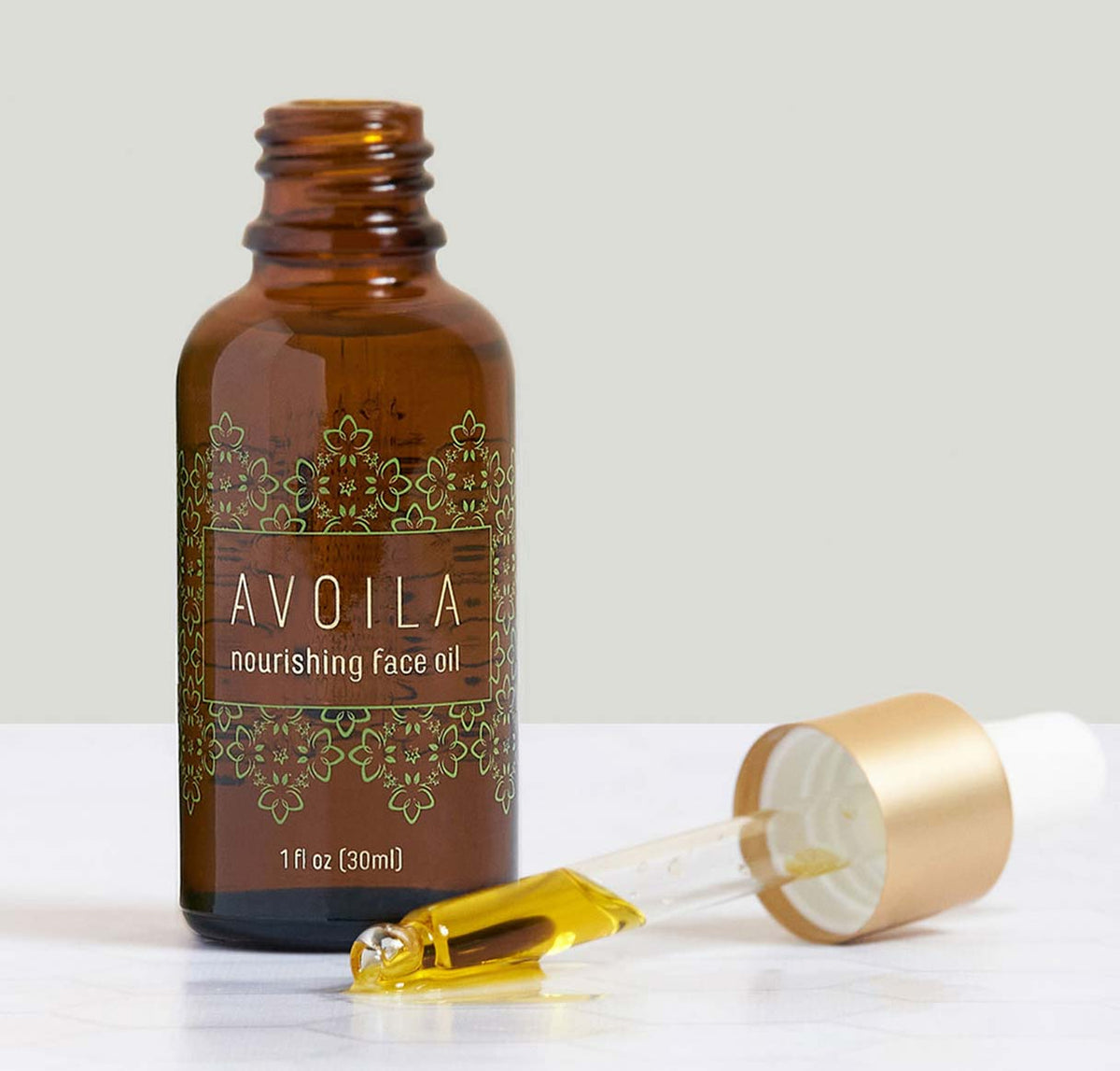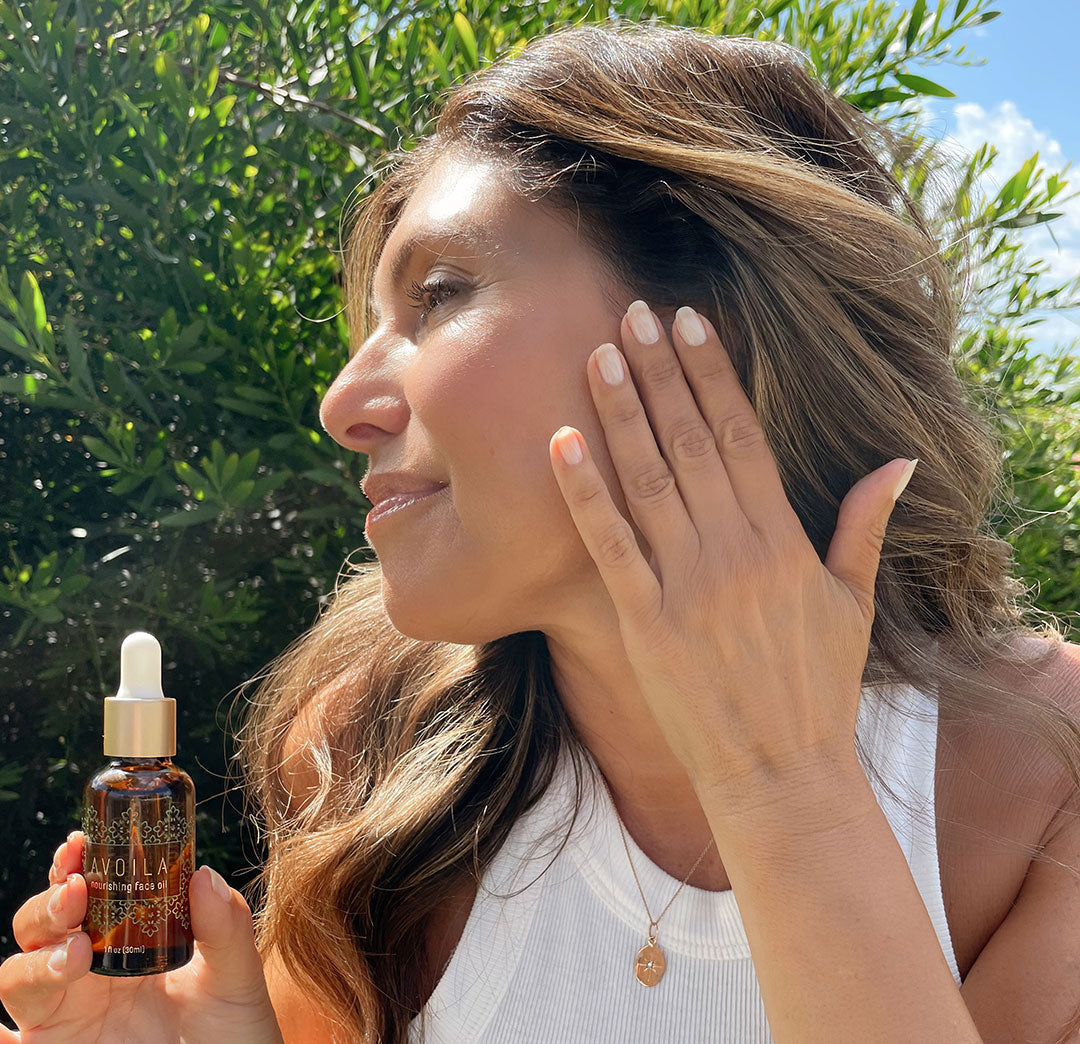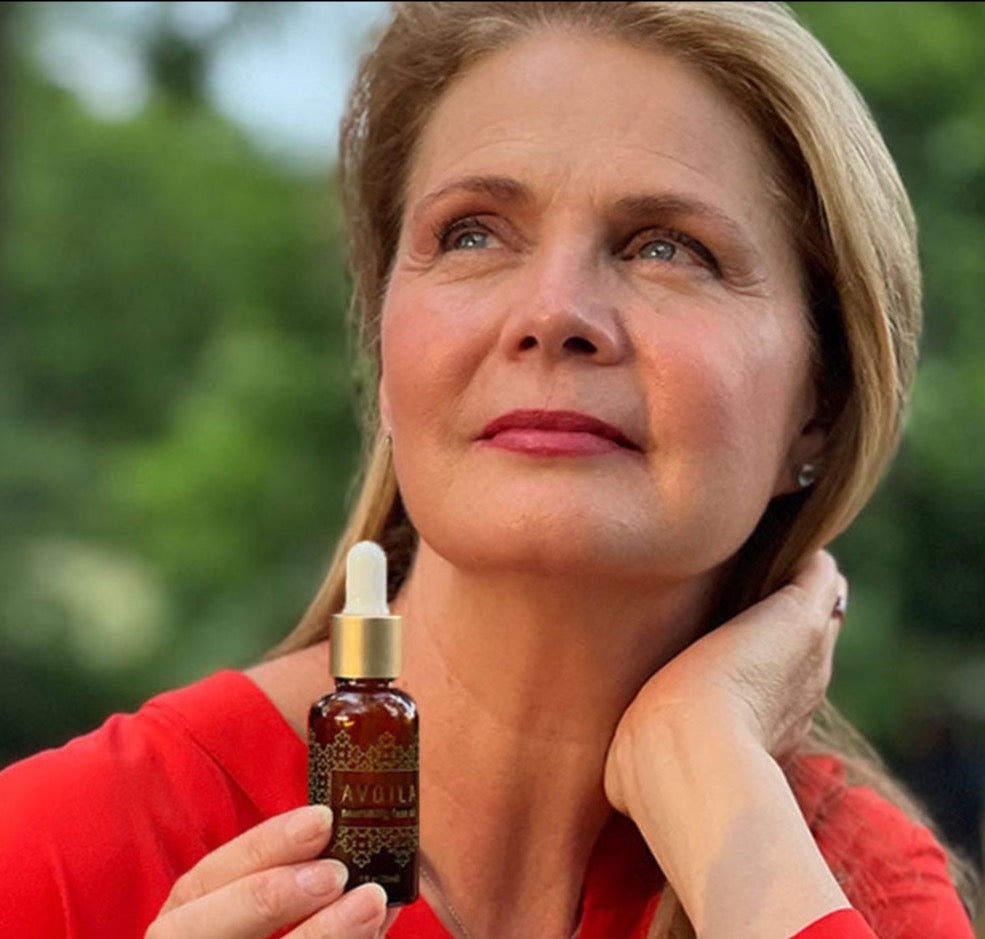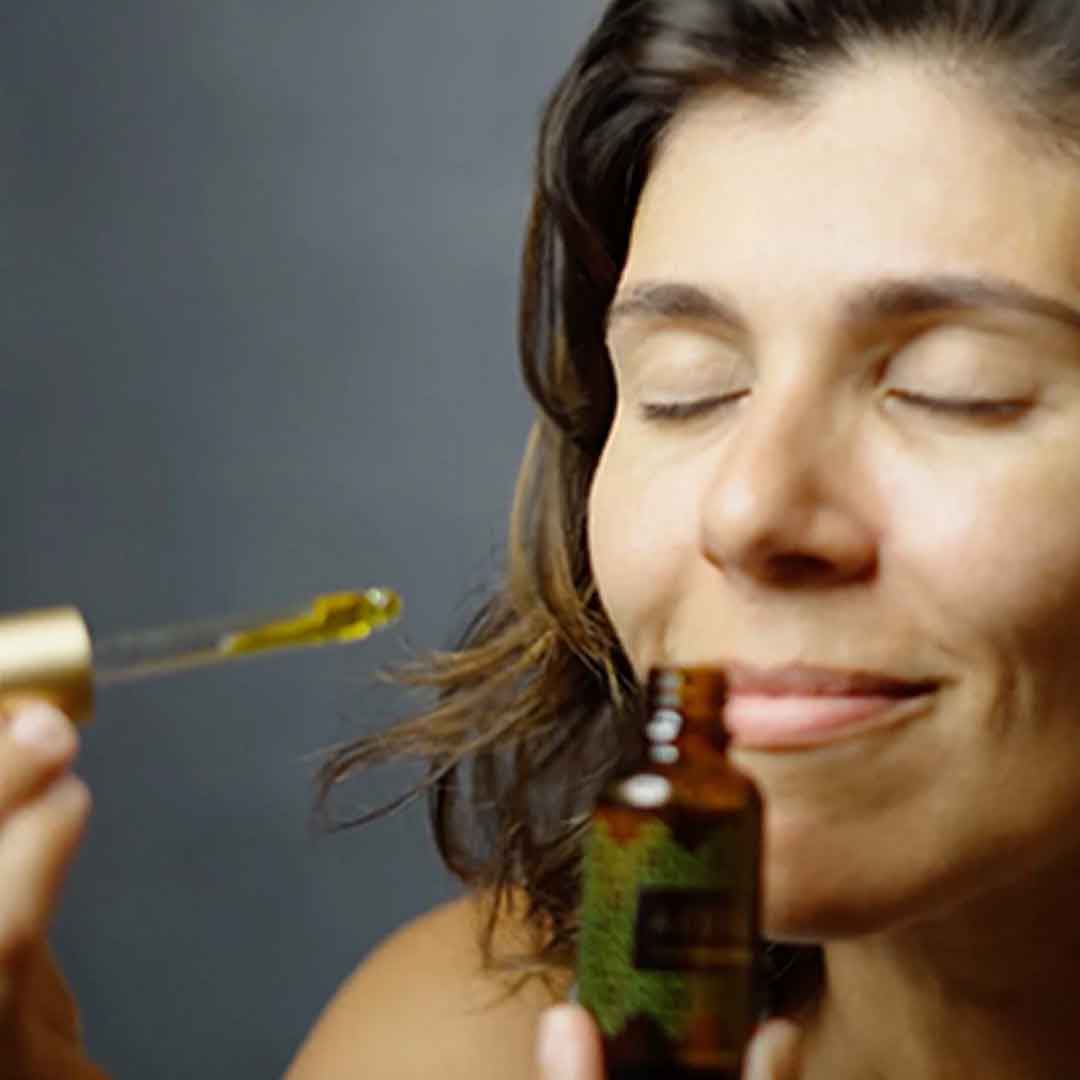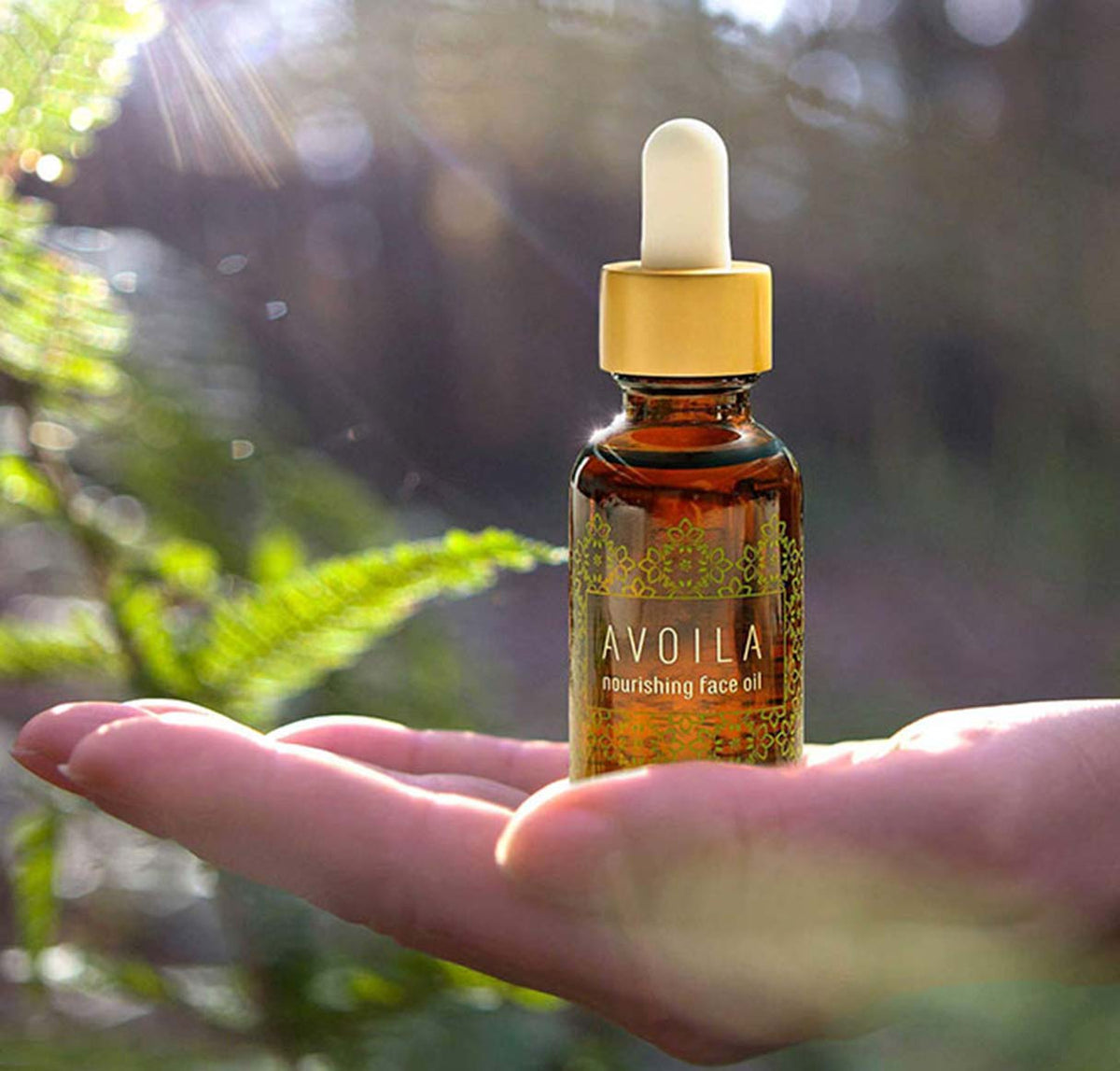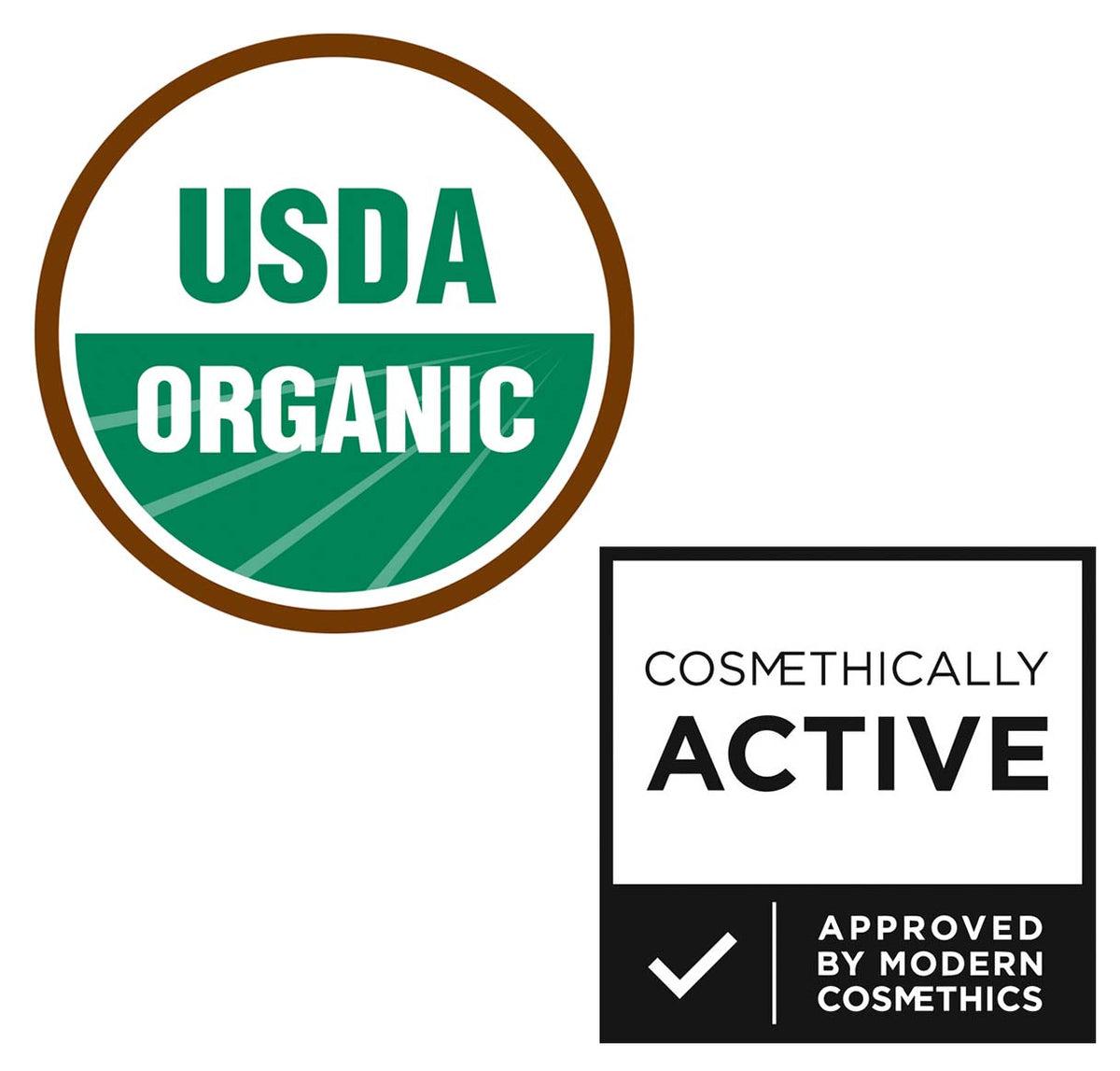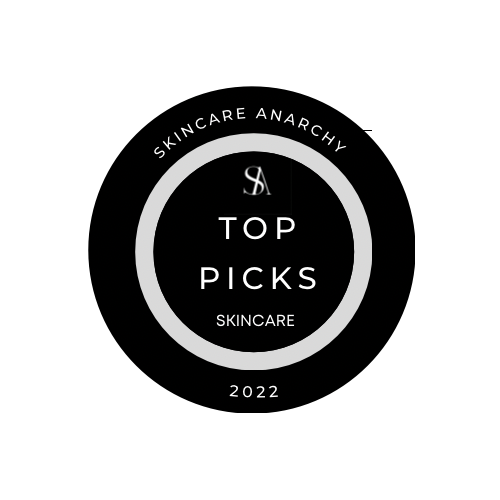
Any dermatologist will tell you, rain or shine, never leave the house without SPF.
The other alternative is a stern scolding while showing you sun-damaged skin pictures under a blue light… and then they bill you!
But if there’s one thing more effective than the skin-care-scare from your doctor it’s a quality broad-spectrum product that offers optimal protection.
Now, more than ever consumers, dermatologists and sun worshippers alike are reaching for protective emulsions derived from pure ingredients. First it was the fear of the sun that got us, now it’s the fear of the ingredients - and rightfully so, our skin is our largest organ after all!
Chemical versus mineral sunscreens
In Europe, SPF is recognized and supervised as a cosmetic - where 27 active ingredients are researched and approved. In the United States, 16 active ingredients are allowed for usage.
When choosing the right SPF for yourself and your family, opt for a mineral-based formula containing zinc oxide or titanium dioxide over a chemical based formulation.
Mineral-based sunscreens are comprised of small white particles of UV protectant which suit sensitive and acne prone skin well. That is why many may leave white residue on skin as it doesn't completely absorb. Products are evolving however and are getting better every day.
Chemical sunscreens work differently. They absorb into the skin and then absorb UV rays. They then convert those rays into heat, and release them from the body.
To be “chemical, but clean” means no oxybenzone and no future signs of octinoxate (both chemicals mimic hormones and can disrupt our endocrine system… scary.
Ingredients that protect the environment
Protect your skin at the same time you protect the environment by opting for reef-safe products. The clean ingredients mostly found in mineral-based SPFs are stamped with approval for aquatic life and coral reef health.
Hawaii was the first state to ban sunscreens that contain oxybenzone and octinoxate in 2021 and since then, Key West (home to the largest coral reef in the US), Palau, Mexico, Bonaire, Aruba and US Virgin Islands have all followed suit and placed a ban on the toxic products.
How sunscreen fits into your skincare routine
Protection from the sun is one of the best things you can do to minimize damage and reduce the signs of aging. Sunscreen gives you the most protection when it creates a barrier from the sun’s UV and infrared rays. That's why it shields most effectively when it's in the very top layer of your skin.
You can easily incorporate sun protection everyday with your skin care and makeup regimen. You'll want to apply your sunscreen as a final step - that means after your face oil and before your foundation/tinted moisturizer. Your Avoila Nourishing Face Oil will penetrate nutrients deep into your skin, so you still get the benefit of that beautiful glow even under your sunscreen!
SPF Cheat Sheet
Make sure you look for the words “broad spectrum” on the label, meaning the product blocks both UVA and UVB rays that will protect you from both sunburns and premature age related sun damage.
If you see any words like phthalates, sodium laureth sulfate, fragrance or any that end with “-paraben” - they are certainly not “clean”.
Good Stuff:
Titanium Dioxide/Zinc Oxide Mineral Based
UVA/UVB Broad Spectrum Protection
Non-Nano products
Unscented or products which use essential oils as fragrance
Bad Stuff:
Sodium Laureth Sulfate
Phthalates
Oxybenzone
Vitamin A
SPF higher than 50
Fragrance
Parabens

